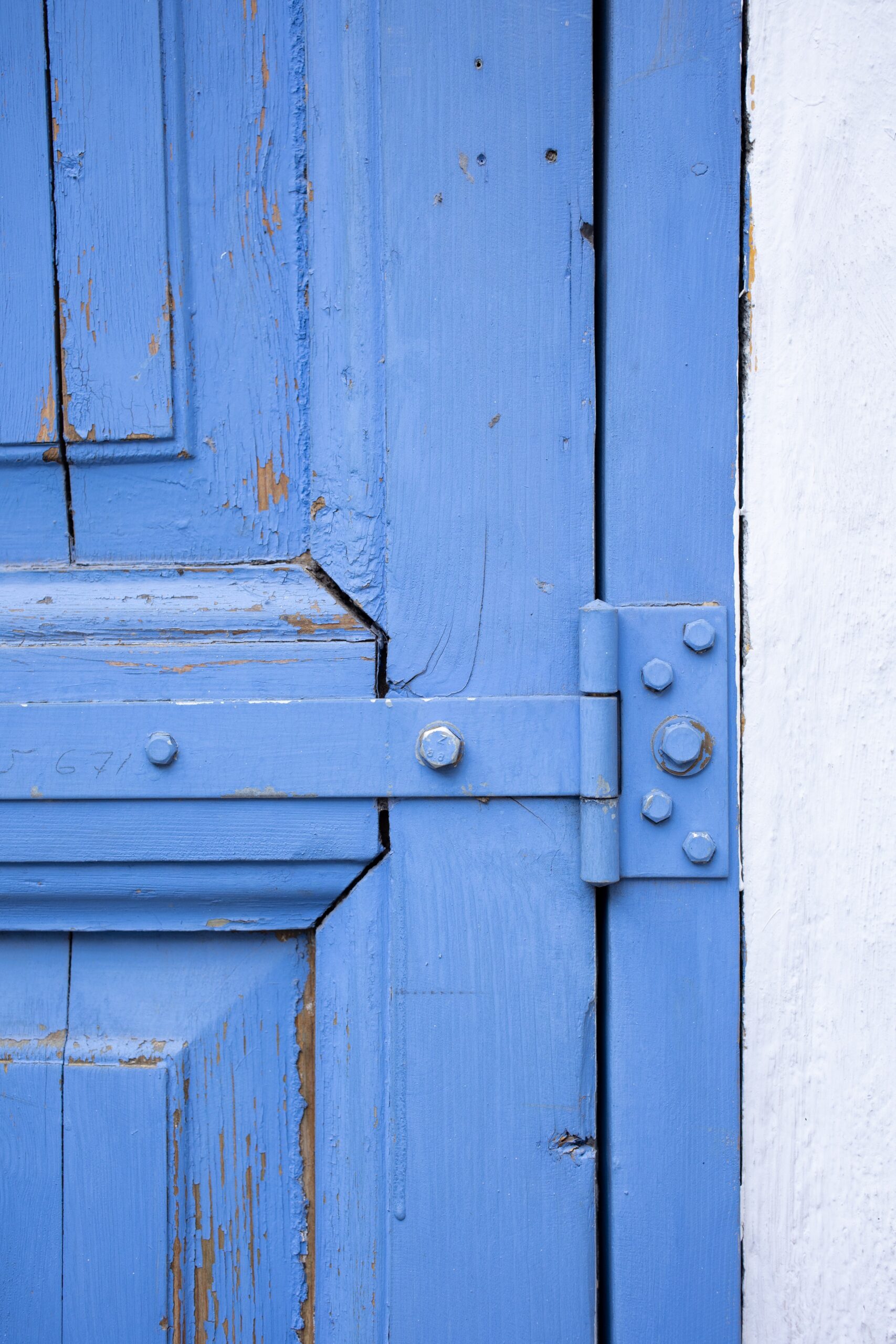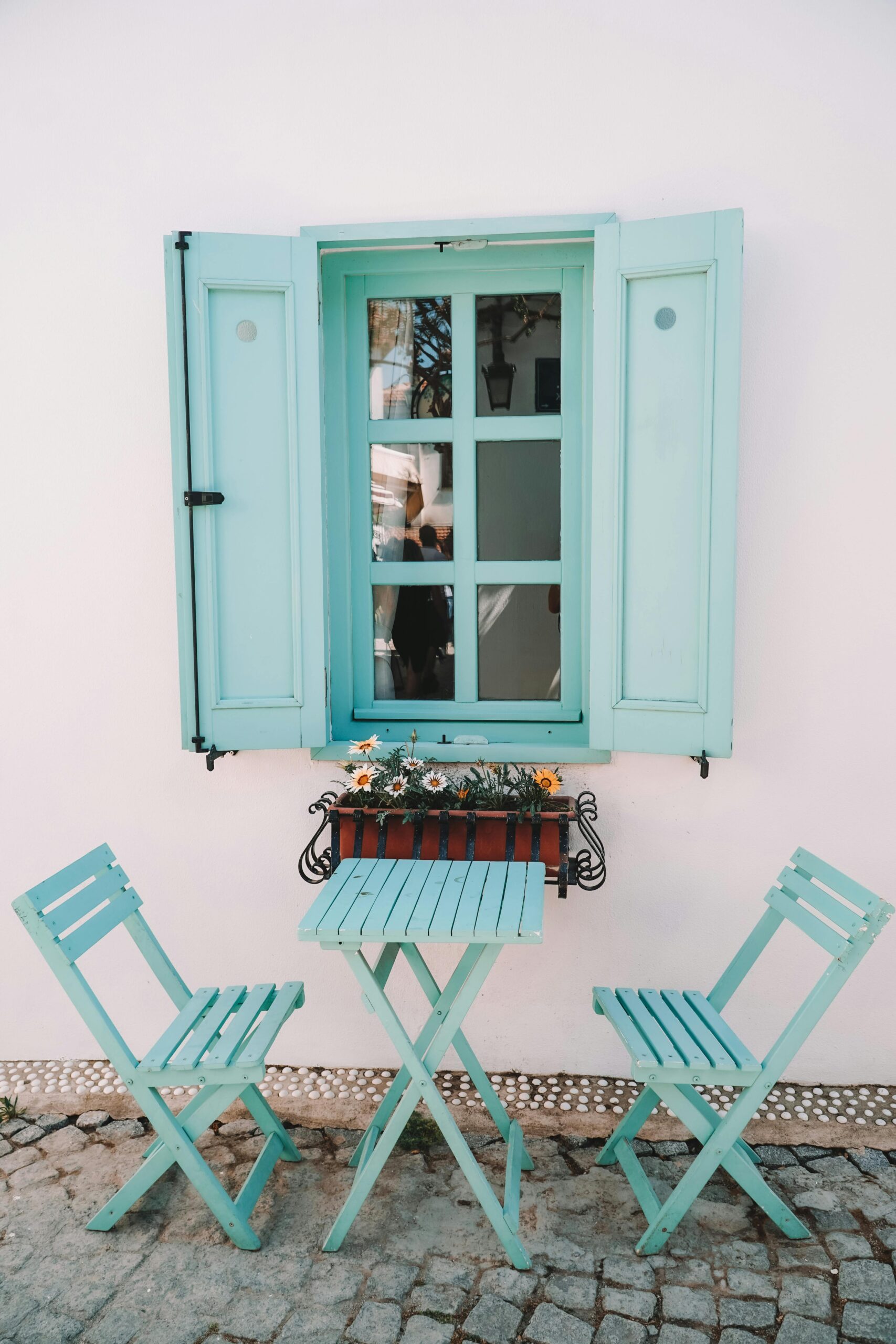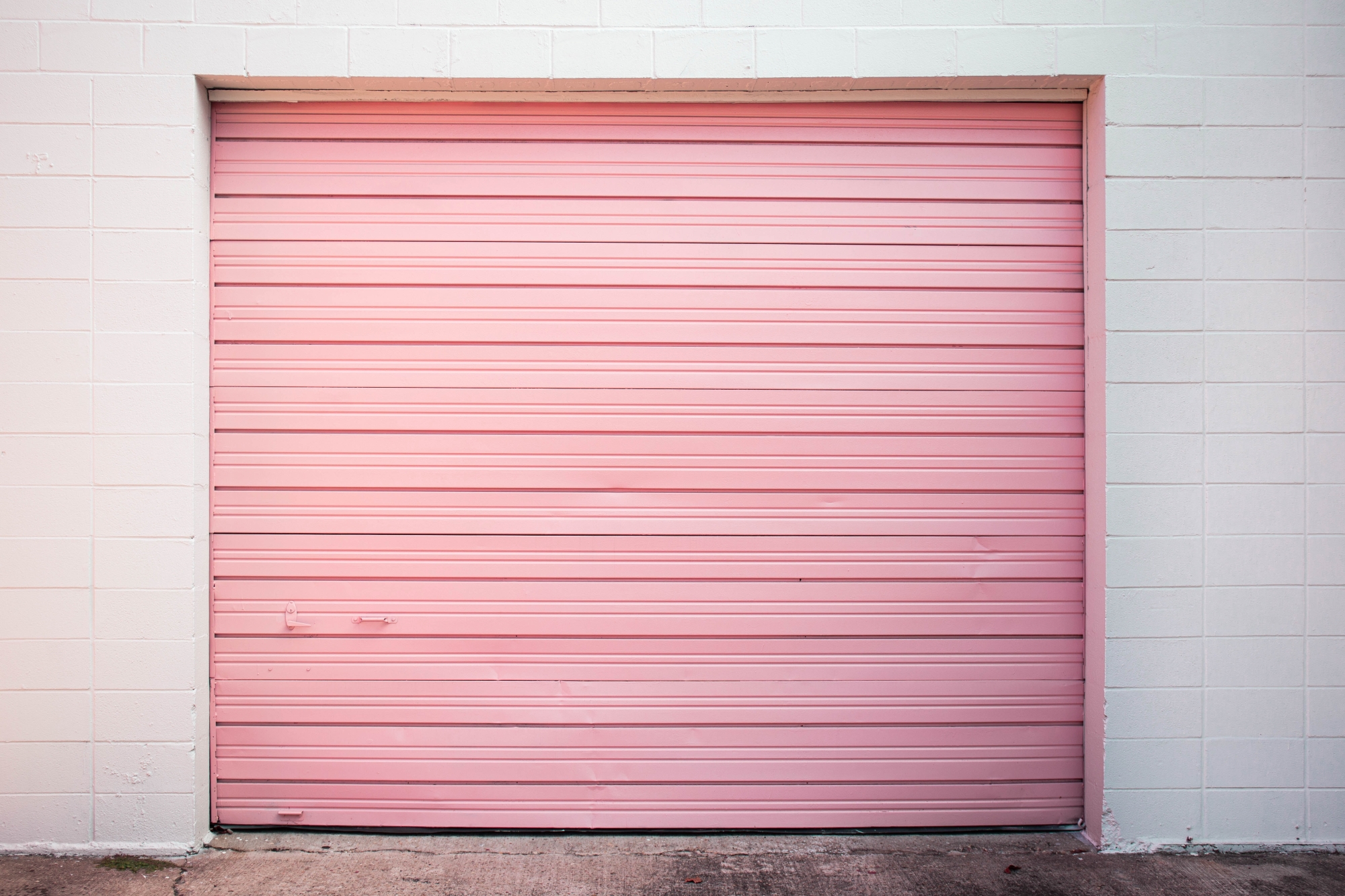Refinishing and painting furniture can transform old, worn-out pieces into something new again! While outdoor painting offers great ventilation and a mess-free workspace, the time of year you choose to paint can make a big difference in the quality and longevity of your results. Here’s a guide to seasonal painting and the best times to paint furniture outdoors, along with tips to ensure your project shines no matter the weather.
Why Timing Matters
The success of an outdoor painting project depends on key environmental factors like temperature, humidity, and wind. Paint and finishes are sensitive to these conditions, and improper timing can lead to uneven drying, bubbling, cracking, or poor adhesion.
For optimal results:
- Ideal temperature range: Between 10°C and 29°C.
- Humidity level: Below 85%, with 40-70% being optimal.
- Wind: Low to moderate, to avoid dust and debris sticking to wet paint.
Spring: A Fresh Start
Why Paint in Spring?
Spring offers moderate temperatures and low humidity, making it a great time to start outdoor painting projects!
Best Times to Paint:
- Late Morning to Early Afternoon: As the day warms up, the cooler morning dew evaporates, creating better painting conditions.
Tips for Spring Painting:
- Wait for dry, sunny days; spring rains can be unpredictable.
- Wind is common in spring, so set up in a sheltered spot or use a windbreak.
- Ensure surfaces are clean and free of pollen, which can stick to wet paint. Use prep clean and a tack cloth prior to painting!
Summer: Bright and Bold
Why Paint in Summer?
Summer’s long, dry days provide ample time for paint to dry and cure properly.
Best Times to Paint:
- Early Morning or Late Afternoon: Avoid painting during the hottest part of the day, as direct sunlight can cause paint to dry too quickly, leading to the paint not being able to lay itself flat.
Tips for Summer Painting:
- Choose a shaded area to prevent paint from drying unevenly.
- Watch out for bugs and debris, which can stick to fresh paint in warm weather.
- Use prep clean and a tack cloth prior to painting to get rid of any dust or debris.
Autumn: Crisp and Calm
Why Paint in Autumn?
Autumn offers cooler temperatures and more stable weather conditions, ideal for painting.
Best Times to Paint:
- Midday to Early Afternoon: Cooler mornings can leave surfaces damp, so wait until they’ve dried completely.
Tips for Autumn Painting:
- As days get shorter, plan your project to ensure enough daylight for drying.
- Use prep clean and a tack cloth prior to painting to get rid of any dust or debris.
Winter: A Challenging Season
Why Paint in Winter?
Winter is generally not ideal for outdoor furniture painting. Cold temperatures can slow the drying and curing process, and higher humidity levels can affect adhesion. However, mild winter days in warmer climates might still allow for successful projects.
Best Times to Paint:
- Midday on Mild, Dry Days: Ensure the temperature stays above 10°C during application and drying.
Tips for Winter Painting:
- Bring furniture indoors (like a garage or covered porch) to dry overnight if temperatures drop too low.
- Avoid painting in windy or wet conditions, which are more common in winter.
General Tips for Outdoor Furniture Painting
- Prep Properly: Use prep clean and a tack cloth to clean furniture thoroughly to remove dirt, grease, or old paint. Sanding helps create a smooth surface for better paint adhesion.
- Choose the Right Paint: Our exterior paint is perfect for any external project, along with multiple indoor projects!
- Protect Your Workspace: Lay down a drop cloth and use painter’s tape to avoid messes and ensure clean lines.
- Apply 2 coats: Allow sufficient drying time between layers.











